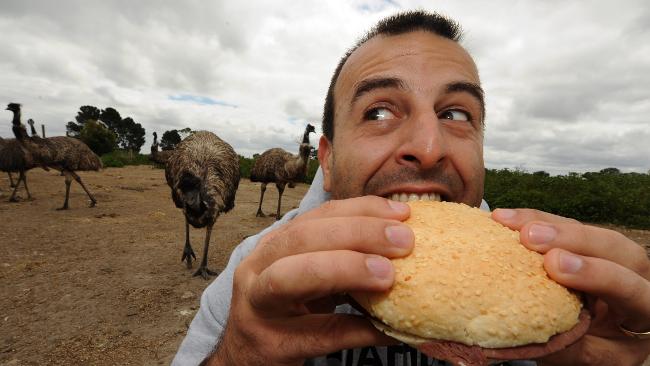The tropical outback regions of Cape York offer a unique touring experience enveloped in the most magnificent and varied landscape that you could imagine. The 4WD journey to 'the tip' is an adventure of a lifetime.
Cape York Peninsula is a large remote peninsula located in Far North Queensland at the tip of the state of Queensland, Australia, the largest unspoilt wilderness in northern Australia and one of the last remaining wilderness areas on Earth.
The first known contact between Europeans and Aborigines occurred on the west coast of Cape York in 1606 but it was not settled by Europeans until the 19th century when fishing communities, then ranches and later mining towns were established. European settlement led to the displacement of Aboriginal communities and the arrival of Torres Strait Islanders on the mainland. Today the peninsula has a population of only about 18,000, of which a large percentage of approx 60% are Aborigines and Torres Strait Islanders.Cape York is a popular tourist destination in the Dry Season for camping, hiking, birdwatching and fishing enthusiasts. Many people make the adventurous, but rewarding, drive to the tip of Cape York, the northernmost point of mainland Australia.
Termite mount on old Telegraph Road
The majority of Cape York Peninsula is covered in tropical and subtropical grasslands, savannahs, and shrublands, tropical savannah woodland consisting typically of a tall dense grass layer and varying densities of trees, dominantly eucalypts of which the most common is Darwin stringybark.The tropical landscapes are among the most stable in the world
Some of the world's most extensive and ancient Aboriginal rock painting galleries surround the town of Laura, some of which are available for public viewing.
Ancient rockart in caves near Bathurst Heads Known to just a handful of Aboriginal people, cattle station workers and academics Source: The Courier-Mail
The wetlands and coastal mangroves are noted for their importance as a fish nursery and crocodile habitat, providing important drought refuge and the Great Barrier Reef lies off the east coast and is an important marine habitat.
The Cape is also home to the Eastern brown snake, one of the world's most venomous snakes.
Large croc being re-located by the Irwins from the west coast of Cape York
If you are looking for great things to do in Australia, a Cape York trip is a great adventure. Cape York is not far from Cairns, but it's real Australian outback and feels like very remote Australia. There are some great four wheel drives, river crossings, Aboriginal rock painting and some spectacular wilderness scenery, waterfalls and waterholes to swim in at Lakefield, Iron Range and Jardine River National Parks.
Just 250kms north-west and 130kms off the main road via Archer River Roadhouse, is the township of Weipa. This small mining town provides a complete range of services and facilities for travellers, as well as amazing tours of the mining operation. Nearby to Weipa are National Parks, beautiful countryside and awesome Barramundi fishing.
Bamaga is the most northern township in Queensland. It is an isolated settlement of some 2000 people, most of whom are Torres Strait Islanders. Facilities are limited and supplies are either shipped or flown in.
6 km north of Bamaga, Seisia has an excellent foreshore camping area, a kiosk and service station. There is an information centre at the Seisia Camping Ground Office where, during the peak tourist season, the Seisia Island Dancers perform traditional dances.
Laura Aboriginal Dance Festival
There are two roads in southern Cape York Peninsula, either you drive north from Mareeba through Mt Molloy, Mt Carbine, Lakeland and Laura, or you drive the coastal way up from Cairns, past Port Douglas, Daintree National Park and Cooktown. This is the less used way which takes you right to Lakefield National Park, but Cooktown is worth a visit in any case and it is also reachable by a side trip from the more usual inland way up to the Cape York Peninsula.
It is estimated that between 1000 to 2000 vehicles make the journey each year, even though the roads are impassible in the wet season.



















































